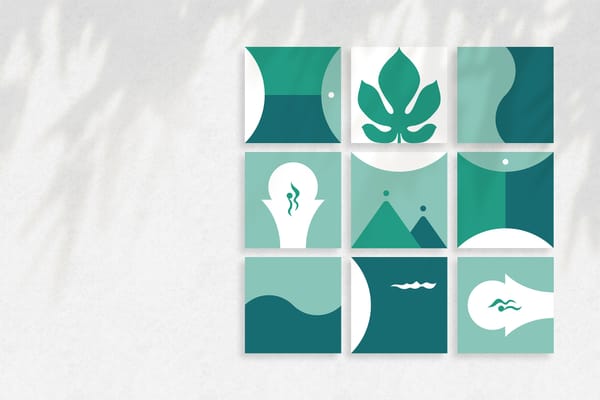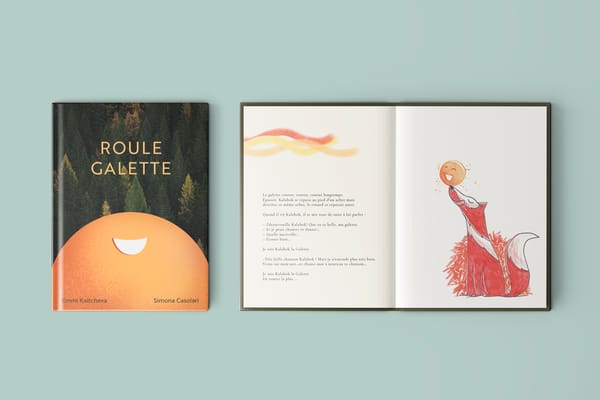On the visualization, philosophy, and language of time
When we reflect on our emotional relationship with time, we can sense its flow. We distinguish between the past and the future through memories, the traces left behind, and the anticipations we create.

It's funny how it's been over two months since I started writing an article on time.
It all began when I stumbled upon a video conference by Annick Lantenois, a PhD in Art History specializing in graphic design history, who was invited to HEAR University in Strasbourg last February. Her entire conference focused on the visualization of time. Fascinating, if you ask me.

"Il n'y a pas de savoir sans transmission"
"There's no knowledge without transmission" is the title of her PhD research. The question she seeks to answer is: How can time be represented? And, what is time?
What actually is time?
Time is an irreversible flow, says Dr. Lantenois. However, as explained by Professor Carlo Rovelli, the laws of physics don't distinguish between the past and the future. The only thing that does is heat.




